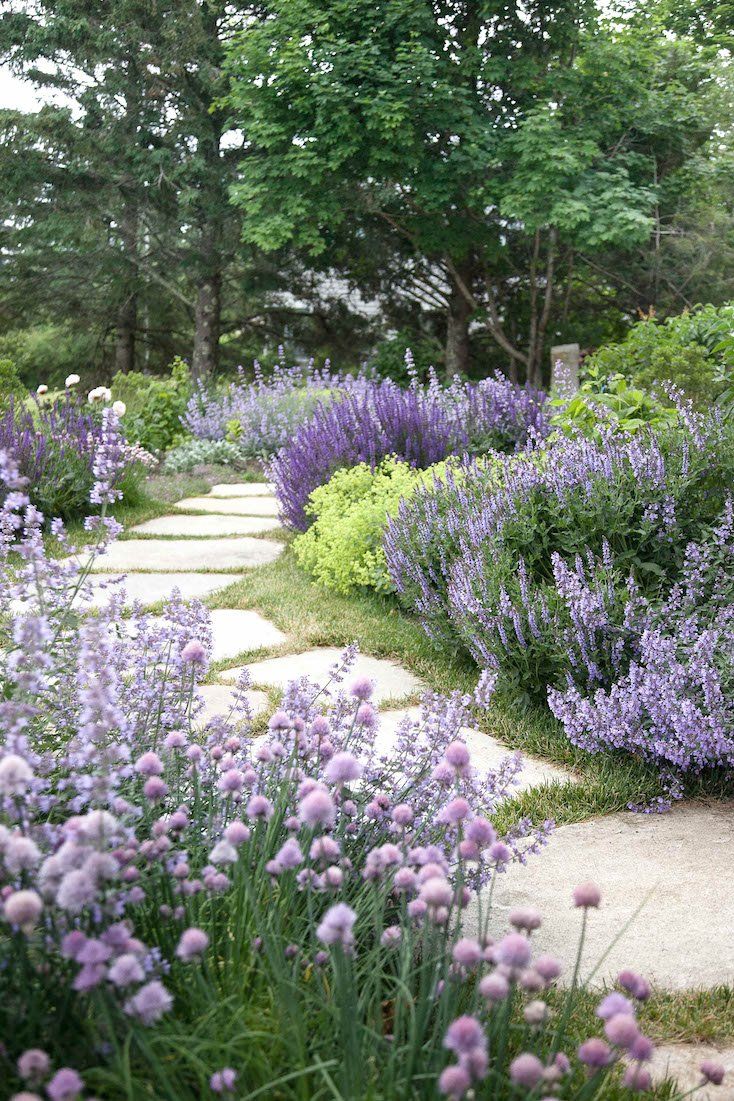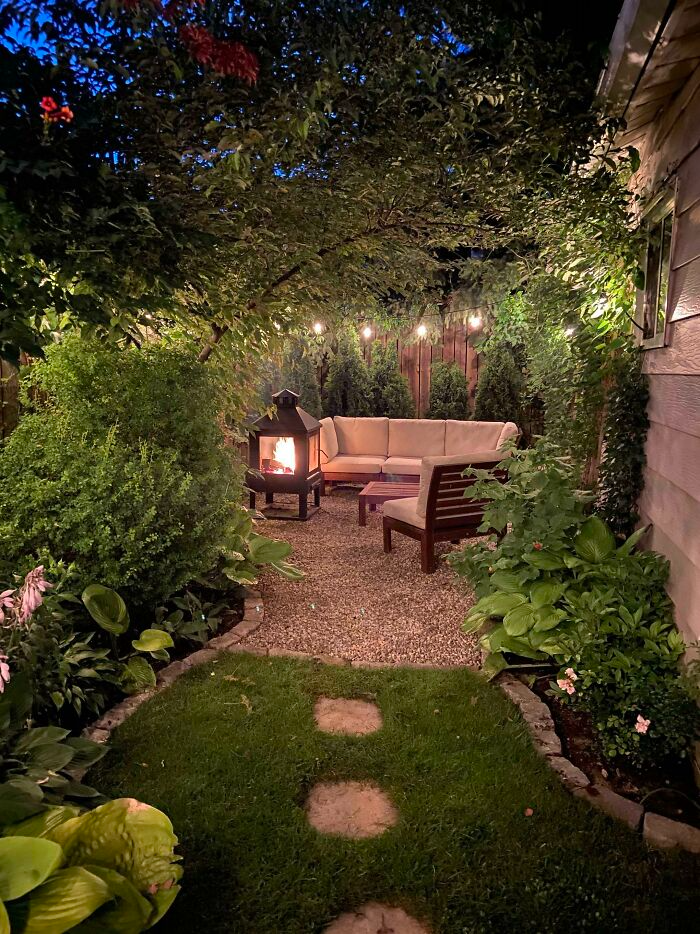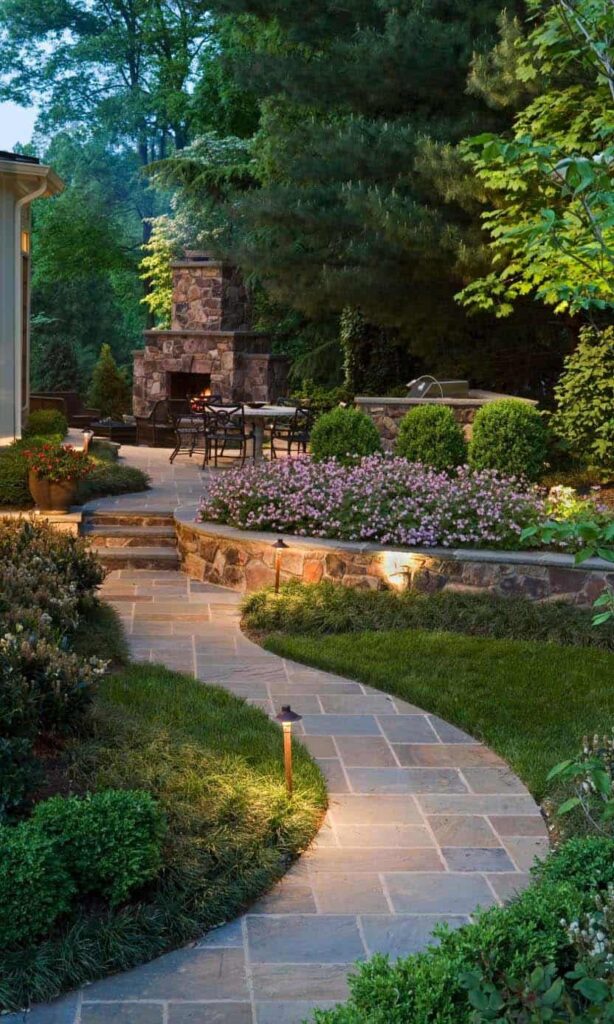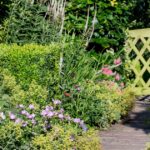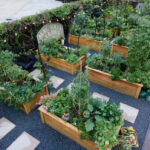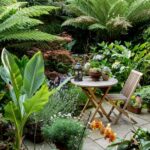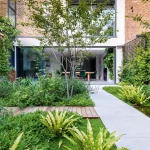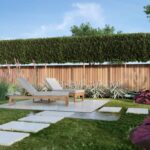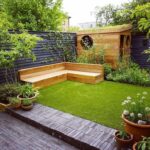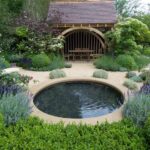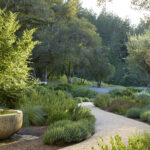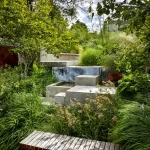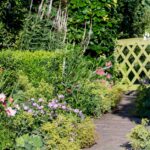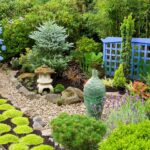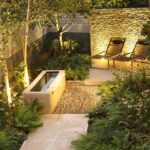Garden design is an art form that involves creating a harmonious and beautiful outdoor space that complements the architecture of a home. A well-designed garden can enhance the curb appeal of a property and provide a tranquil retreat for homeowners to relax and unwind. There are many factors to consider when designing a garden, including the layout, plant selection, and maintenance requirements.
One of the key aspects of garden design is the layout of the space. This includes determining the size and shape of the garden, as well as the placement of paths, seating areas, and plant beds. The layout should be functional and aesthetically pleasing, with a balance of open spaces and plantings. It is important to consider how the garden will be used, whether it is for entertaining, gardening, or simply enjoying the scenery.
Plant selection is another crucial element of garden design. The types of plants chosen will impact the overall look and feel of the garden. It is important to consider factors such as the climate, soil conditions, and sunlight exposure when selecting plants. Additionally, choosing a variety of plants with different colors, textures, and heights can add visual interest to the garden. Proper placement of plants is also important, taking into account their growth habits and water requirements.
Maintaining a garden is an ongoing process that requires regular care and attention. This includes watering, fertilizing, weeding, and pruning plants as needed. Proper maintenance is essential to keep the garden looking its best and to ensure the health and vitality of the plants. It is also important to consider the long-term maintenance requirements of the garden when designing the space, such as selecting low-maintenance plants or incorporating automated irrigation systems.
In addition to plants, other elements such as hardscaping can enhance the design of a garden. This can include features such as patios, pathways, walls, and water features. Hardscaping elements should complement the overall style of the garden and provide functional and aesthetic value. Incorporating outdoor lighting can also extend the use of the garden into the evening hours, creating a magical ambiance.
Overall, garden design is a creative process that allows homeowners to express their personal style and create a unique outdoor space. By carefully considering factors such as layout, plant selection, maintenance, and hardscaping, a beautiful and functional garden can be created that will be enjoyed for years to come. Whether designing a small urban garden or a sprawling countryside estate, thoughtful planning and attention to detail are key to achieving a successful garden design.
